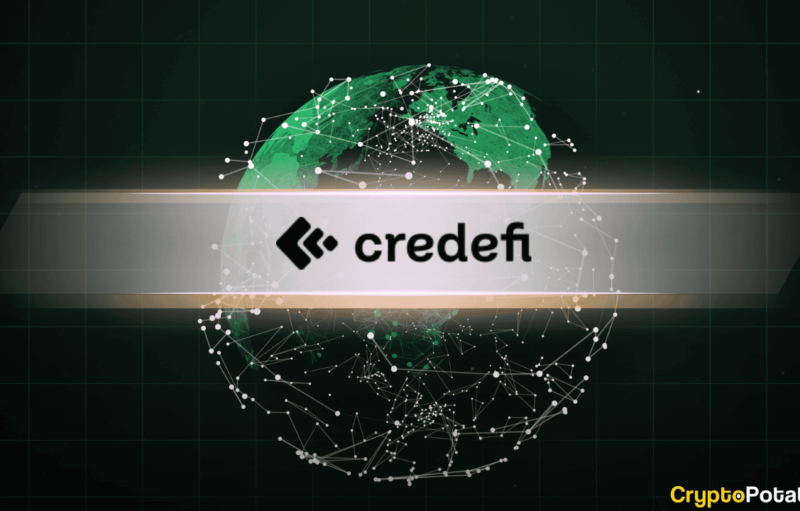
The cryptocurrency market is one of constant change. It seems that every day there is something new.
2020 was no different. In fact, this year, we saw the absolute explosion of the decentralized finance (DeFi) industry. Data from DeFi Pulse shows that in January, the total value locked (TVL) in DeFi-based projects was around $700 million. At the time of this writing, it’s sitting at $13.7 billion, realizing an increase of more than 1850%.
And of course, this had its impact on the overall industry. In fact, many proponents compared it with the ICO boom of 2017 and 2018 because of the quick boom-and-bust cycles that most projects went through.
There were plenty of similarities, including the overall short life span of most projects and the overall hype within the industry itself. This, unavoidably, also revived some ICO-related trends.
ICO Marketing Companies Became DeFi Marketing Companies
The tides are constantly turning, and companies need to adjust accordingly. That’s exactly what we saw during 2020. The DeFi boom was growing exponentially, and those who caught on early managed to capitalize.
Blockchain marketing was a hot topic back in 2017 and 2018, and it seemed that a lot of digital marketing experts transitioned in an attempt to capture some of the tremendous value flowing in the market. Companies offering digital marketing services to blockchain-oriented businesses were popping like mushrooms, and so were influencers.
2020 wasn’t as expressive as the ICO cycle, but it also had its fair share of blockchain marketing companies.
Somewhat as a sub-category of DeFi came non-fungible tokens or NFTs, for short. Plenty of industry proponents and well-known Twitter influencers are still riding this trend in a way similar to how influencers were riding the ICO wave back in the days.
Auditing Companies Back to Prominence
One of the core differences between the DeFi boom and the ICO hype is the fact that DeFi is generally a lot more technical.
Predominantly based on actual smart contracts that users have to interact with, projects required a higher knowledge barrier to entry compared to simple participation in an ICO. However, as it quickly turned out, a lot of the smart contracts were deployed prematurely without ongoing a proper audit, and this resulted in some massive disappointments. Sushi, YAM, and a dozen other projects are just some of the examples.
This brought the demand for thorough audits – something that we also saw back during the ICO bubble.
Of course, there are plenty of differences as well. Back in 2017 and 2018, we saw an uproar of reviewing platforms and experts who, all of a sudden, became certified auditors. This time around, however, this was simply impossible. DeFi contracts require actual knowledge and a working understanding of various programming languages like Solidity – something that can’t be summarized from a whitepaper.
Disclaimer: This is a contributed article and should not be taken as investment advice
Binance Futures 50 USDT FREE Voucher: Use this link to register & get 10% off fees and 50 USDT when trading 500 USDT (limited offer).
The post appeared first on CryptoPotato






